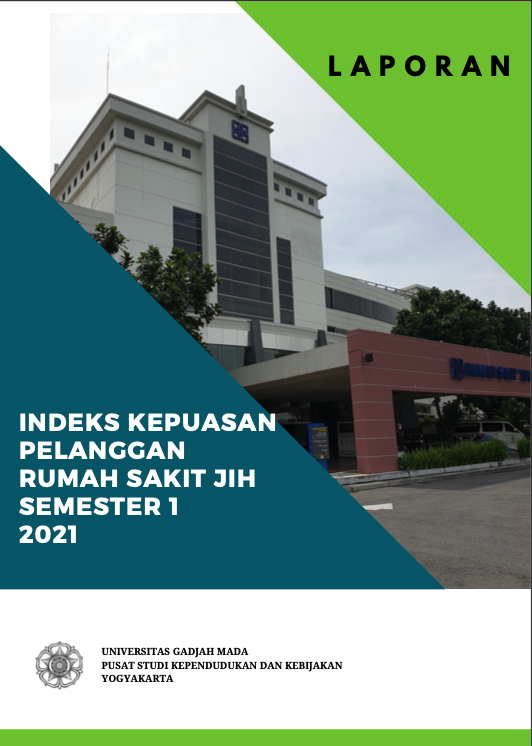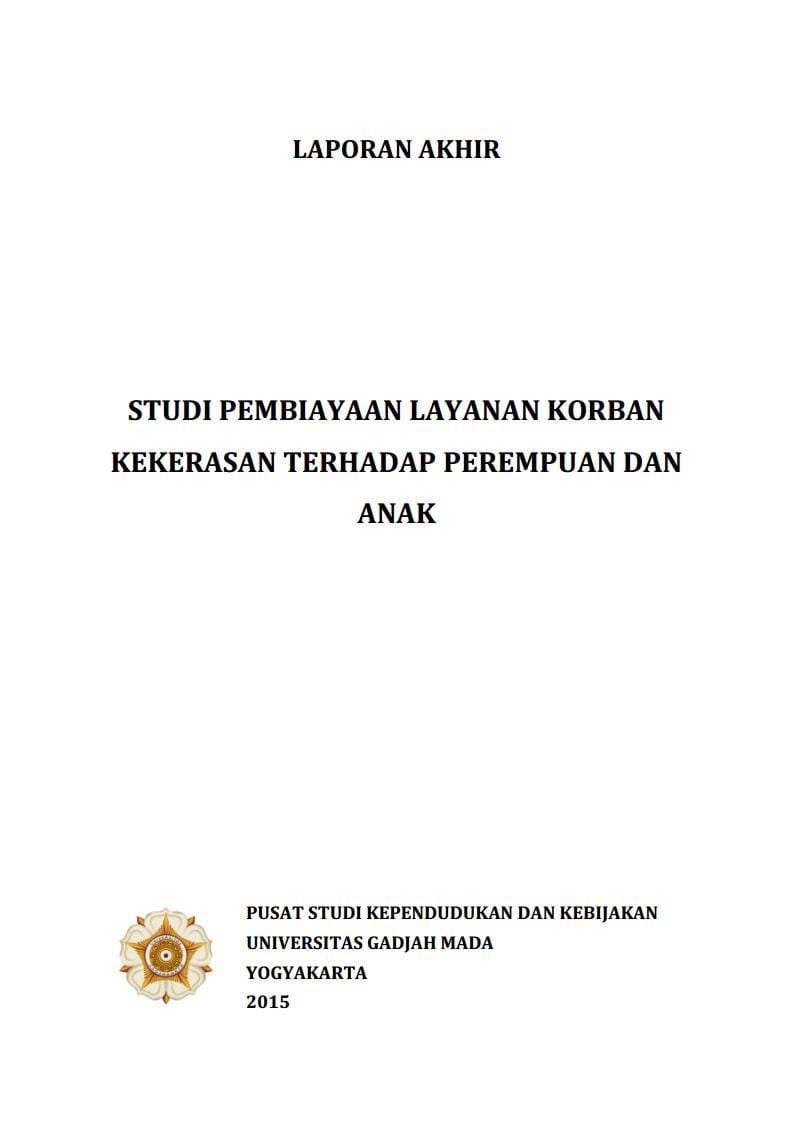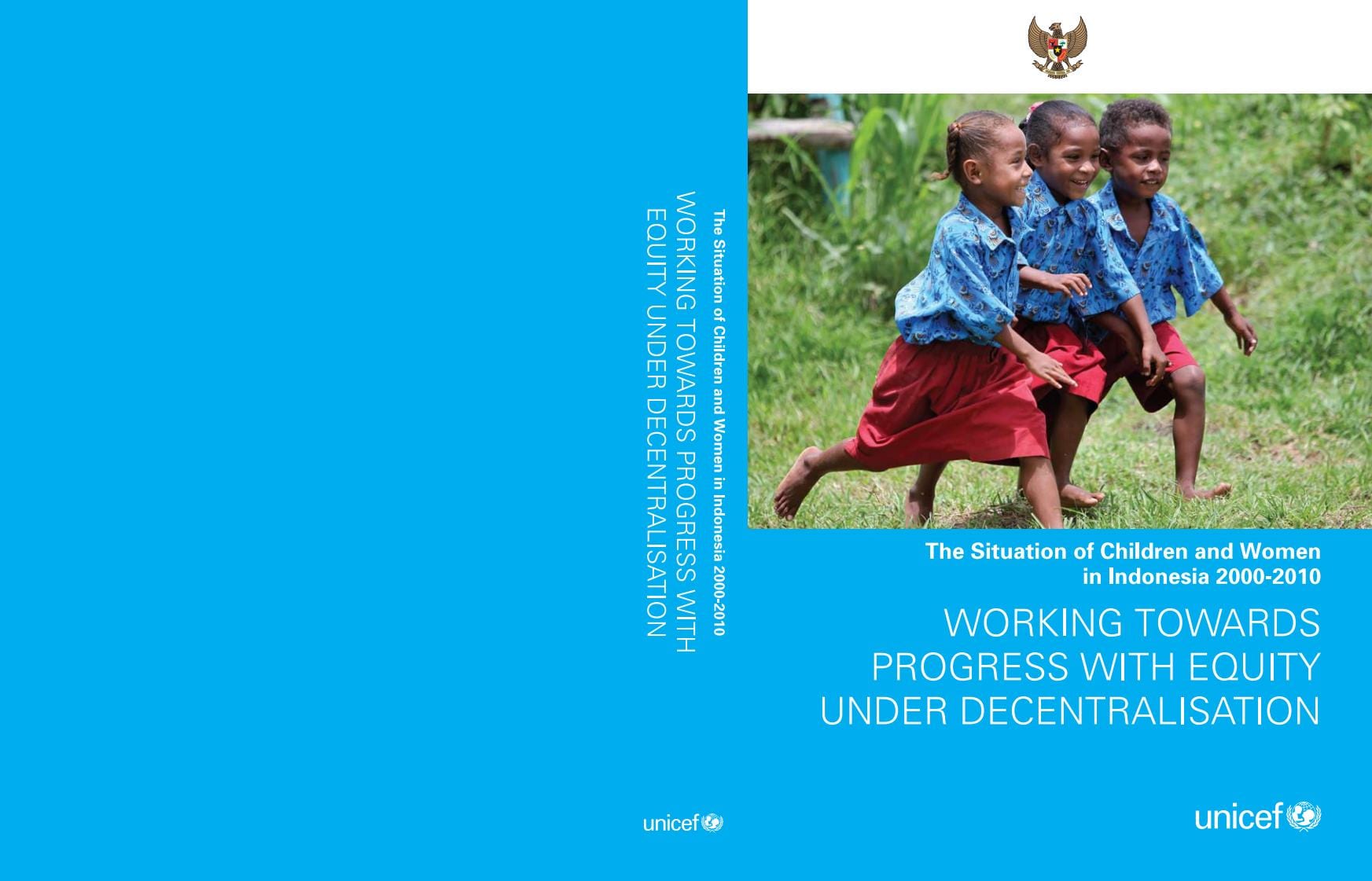Review of Situation Analysis of Children and Woman (ASIA)
|The policy development for protection of children rights has been actually identified in the National Long-Term and Mid-Term Development Plans (RPJP and RPJMN). The RPJPN determines directions to develop human resources capacity through improvement of various programs in health, education, women’s empowerment and child protection. The empowerment of children and women is directed to improve the quality of women and children’ life, roles, and welfare, as well as to reduce violence, exploitation, and discrimination. Along with the direction of the RPJPN, the development of adopted child becomes a priority in the National Mid-Term Development Plan (Rencana Pembangunan Jangka Menengah Nasional/RPJMN (2004-2009).
The priority has been extended to be incorporated in the RPJMN 2010-2014 which mandated the formulation of policies and guidelines of children and gender mainstreaming in all ministries and government institutions. In addition, various development paths in improving the quality of human resources in Indonesia are in line with the commitments and agreements at the international level, such as the Millennium Development Goals (MDGs), and the Convention on the Elimination of All Forms of Discrimination against Women (CEDAW). The MDGs set development targets priority in health area such as improving maternal health, reducing infant and child mortality, combating HIV and AIDS, malaria, and other infectious diseases, realizing basic education for all, and promoting gender equality and women’s empowerment.




